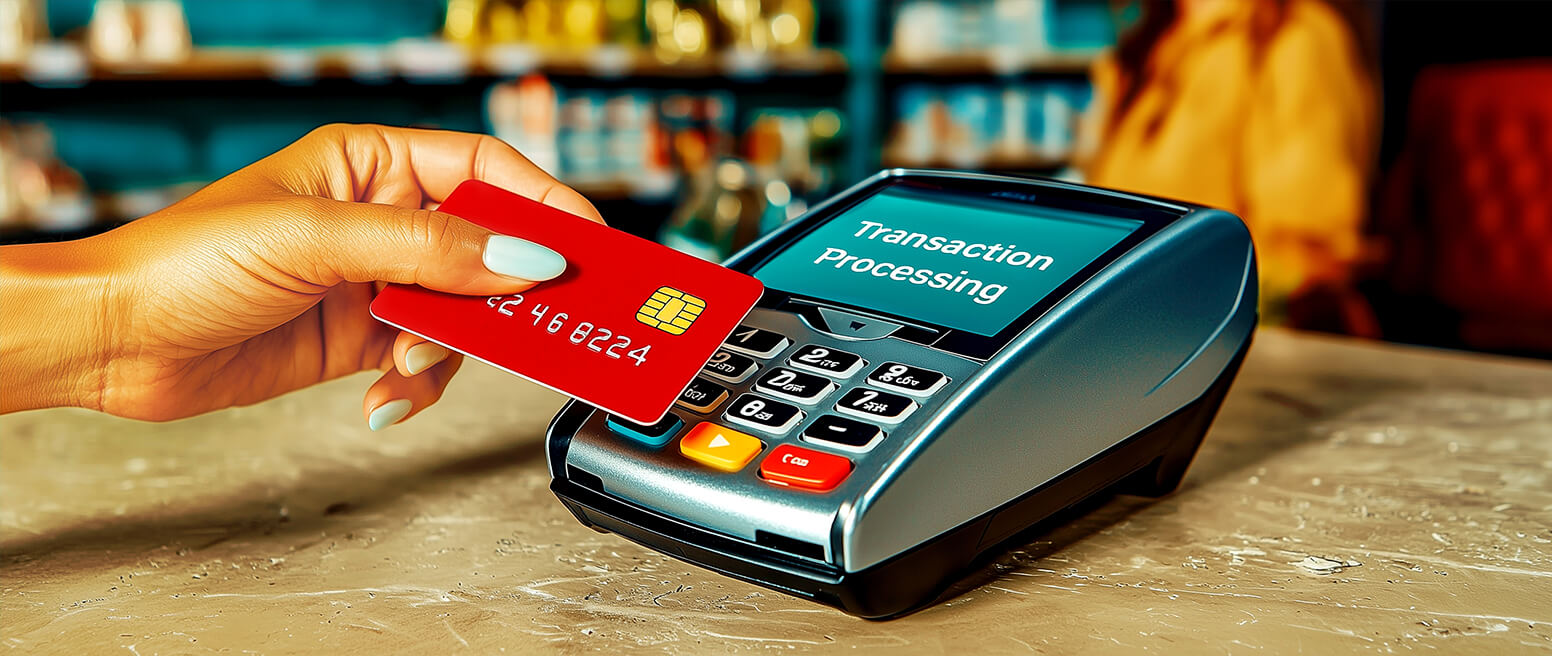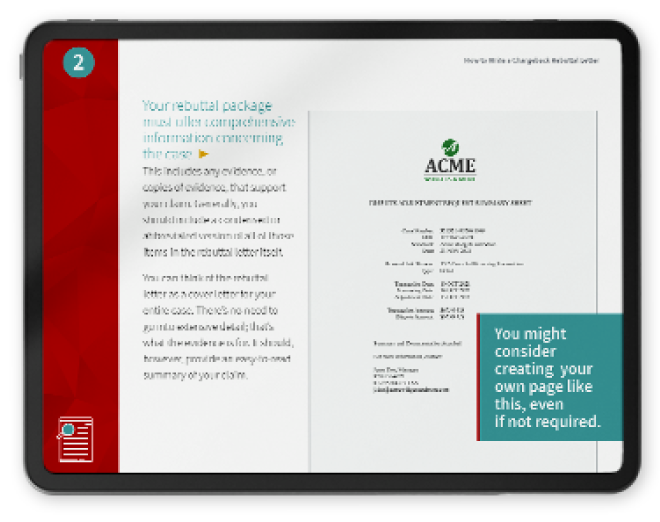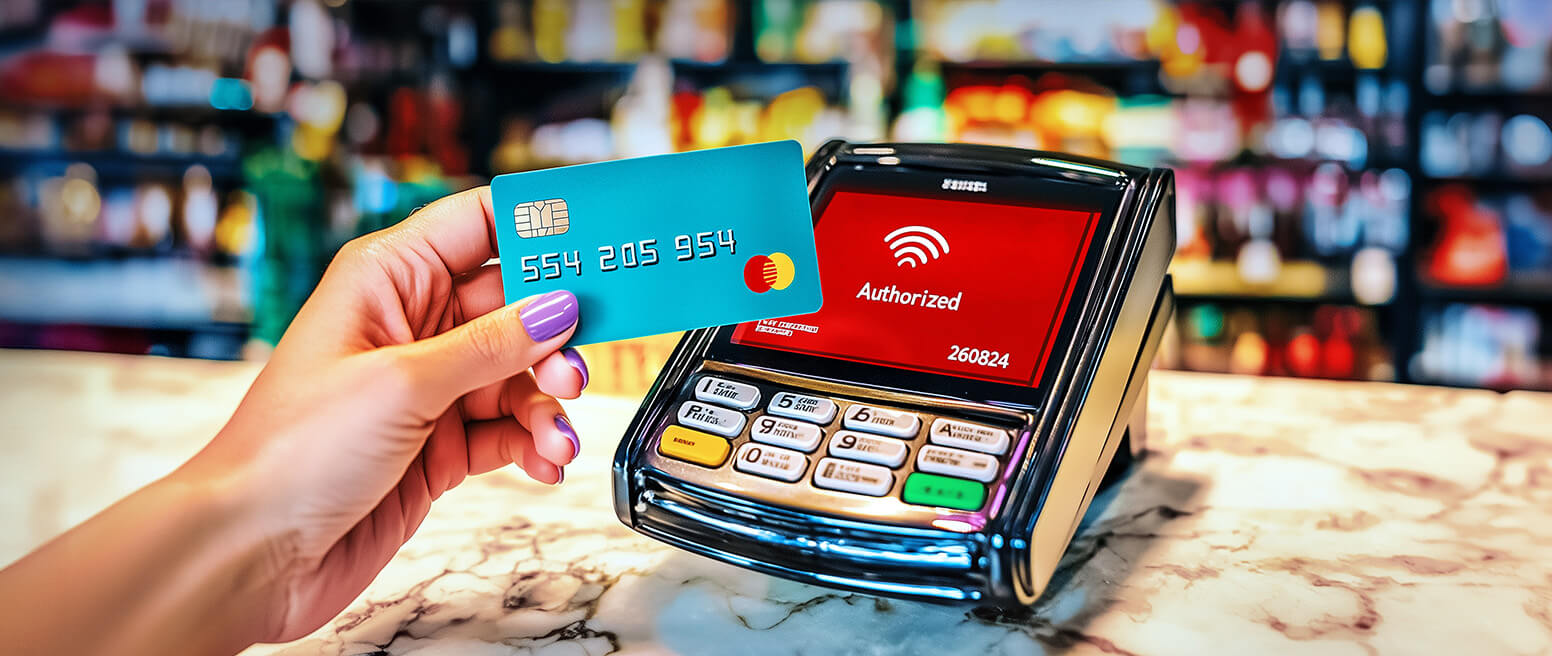How Does the Credit Card Transaction Process Work? What are the Steps & What Can Go Wrong?
Making a credit card purchase seems like a pretty simple exercise. You swipe the card, and the transaction’s done. Right?
Well, if we look behind the scenes, we see that the credit card transaction process is a lot more complex than it looks at first glance.
Money doesn’t simply appear in the merchant’s account when a consumer swipes, inserts, or taps a payment card to make a purchase. Each transaction passes through multiple phases involving several different parties before the seller gets the funds.
Even then, merchants have to remain aware that they could still forfeit that revenue through a return or chargeback. In some cases, this could happen months after the date of the original transaction.
Recommended reading
- What Are Transaction IDs? How They Help Stop Fraud
- Authorization Holds: What are They & Why Are They Used?
- Credit Card Decline Codes: The Complete List for 2025
- Credit Card Processing Fees: How to Lower Your Rate in 2025
- Credit Card Decline Rate: How to Calculate & Recover Sales
- Do You Know the Credit Card Authorization Codes?
The Participants in a Credit Card Transaction
Before diving into the details of the credit card transaction process, it helps to know all the players and how they are involved. Below, we outline a few key parties involved in every credit card transaction:
Five Steps of the Credit Card Transaction Process
The credit card transaction process can be difficult to understand. But in a nutshell, you can think of it as a five step process: authorizing, authenticating, batching, clearing, and funding.
Stage 1 | Authorization
This first step takes place when a customer uses their credit card to make a purchase and submits their card details to the merchant. The merchant’s point-of-sale system transmits these details (the card number, card expiration date, and card verification values), along with the transaction amount and merchant information, to the acquiring bank through a payment gateway. Next, the acquirer forwards these details to the cardholder’s issuing bank using a card network as an intermediary.
The issuer then examines the submitted card details, verifies the cardholder’s credit limit, and checks for potential fraud. Afterwards, the issuing bank approves or denies the transaction and sends an authorization code back to the merchant through the same channel, but in reverse.
The authorization process is near-instant; upon approval, a temporary hold is placed on the cardholder’s available credit limit, but funds are not immediately deducted from the cardholder’s account.
Authorization ensures that a card is active and funded, but it doesn't finalize the transaction and isn’t a guarantee against fraud.
Stage 2 | Authentication
This step is designed to protect cardholders and merchants from fraudulent or unauthorized activity. Authentication technology works rapidly, and can be concurrent with authorization.
The objective of authentication is to verify that the payment method is legitimate and that the cardholder using it is who they say they are. When it comes to card-not-present transactions, merchants can use fraud detection tools like 3-D Secure and Address Verification Services (AVS) to authenticate cardholders.
Meanwhile, EMV chip technology can be used to verify buyers conducting card-present transactions. This automatically generates one-time encrypted transaction tokens that are forwarded to the issuer for verification. There’s also near-field communication technology, which reduces the risk of card skimming.
If the buyer’s identity is successfully authenticated, the transaction is approved. If the cardholder fails to verify their identity, the transaction is denied. Depending on the security measures put in place by the merchant, the cardholder may re-attempt the authentication process using the same payment method. Barring that, the buyer can potentially use a different card.
Stage 3 | Batching
Now that the transaction is authorized and authenticated, the merchant can prepare a request for payment.
During the batching stage, the merchant places an authorization hold on approved transactions and then bundles them together. At the end of each business day, the merchant submits the entire batch of authorized transactions to the payment processor, who then sorts it and forwards the information to the acquirer.
The acquirer reconciles the merchant’s batch with their own records and checks for errors like duplicate amounts. If all details match, the acquirer sends a confirmation message to the merchant. Reconciliation may fail if transaction counts or amounts submitted by the merchant do not line up with information recorded by the acquirer.
It’s more time- and cost-effective for merchants, especially those with large transaction volumes, to batch transactions, rather than submit them one by one for processing. Additionally, batch processing systems can clear and settle transactions after hours, which helps minimize disruptions during a merchant’s regular business hours.
Stage 4 | Clearing & Settlement
Once the batched transactions make their way to the acquirer, they are distributed to the appropriate card networks (e.g. Visa, Mastercard, Discover, etc.) for clearing and settlement.
During this step, card networks comb transaction data for anomalies. If errors are detected, the affected transactions are flagged for further investigation. If all details are correct, transaction data are sent to the appropriate issuing banks for processing. Each issuer then cross-checks the data received, charges the appropriate cardholders, and routes a funds transfer authorization back to the card networks. Finally, funds are passed on to the acquiring bank.
Clearing and settlement is a complex stage, but it exists for a reason. Without this step, issuers and acquirers would have to pass funds back and forth to reconcile accounts, which would further complicate the credit card transaction process by several orders of magnitude. Involving card networks as intermediaries helps streamline and standardize the transaction process.
Stage 5 | Funding
This is the final step in the credit card transaction process. Here, funds marked for settlement are finally deposited into the merchant’s account. It’s at this point in the process that issuers, card networks, and acquirers get to deduct their share of processing fees, which we’ll discuss in more detail below.
Unlike authentication and authorization, this step is not instantaneous. Funds can take anywhere from one to three business days to arrive in a merchant’s account after a transaction has been authorized and authenticated. Exact timelines depend on the card network and the payment processor, though.
As a security measure, some platforms may subject new merchants to additional hold times. PayPal, for instance, imposes a 21-day hold on funds earned by new sellers as a safeguard against merchant errors and chargebacks. As merchants establish a track record, funding hold times are relaxed and money is made available for withdrawal sooner.
Why are There So Many Steps in the Transaction Process?
Each step of the credit card transaction process serves an important role in ensuring that payments are processed in a way that is free from fraud or error.
| Purpose | Benefits | |
| Authorization | Ensuring the cardholder card details and account information are correct | Establishes holds on pending transactions Ensures the card number is valid Ensures the account has sufficient funds |
| Authentication | Verifying the cardholder’s identity | Prevents fraud Minimizes fraud and data breach risks in compliance with the Payment Card Industry Data Security Standard (PCI DSS) and the EU’s PSD2 regulation |
| Batching | Bundling authorized and authenticated transactions together for quicker processing | Improves efficiency and reduces processing costs Reduces disruption to operations during business hours |
| Clearing & Settlement | Validating transactions and transferring funds between banks | Prevents errors Reduces redundant, back-and-forth transactions between issuers and acquirers |
| Funding | Depositing funds into the merchant’s account | Provides withdrawable funds to the merchant |
Credit Card Transaction Declines
Of course, the process outlined above is not how it always goes down. The transaction process can end at stage one if the merchant receives a decline response from the issuer.
Credit card transaction declines negatively impact both cardholders and merchants. Cardholders may experience disruptions in their regular budgeting, or incur fees and penalties for late payments or for exceeding their credit limits. On the other hand, declines harm merchants because they lose out on the sale. If this issue is pervasive, it could affect cash flow and lead to operational difficulties.
When a payment is declined, the merchant receives a credit card decline code, which summarizes why the transaction couldn’t be processed. The reasons for declines generally break down to one or more of the following:
- Wrong card number or expiration date
- Insufficient funds
- International transactions without pre-approval
- Technical issues
- Too many purchases at once
- Transaction limit exceeded
- Unable to validate cardholder (cardholder details were incorrectly entered)
Merchants who have questions about decline codes should contact their payment processor or acquiring bank. They can also ask cardholders to reach out to their issuers if the problem needs additional assistance.
Processing Fees & Costs for Credit Card Transactions
It would be naïve to think it all gets done free of charge. It costs money to process payments, regardless if a merchant is strictly a brick-and-mortar retailer or operates an eCommerce site.
The amount which a merchant ultimately pays to facilitate a transaction is called the merchant discount rate. Average merchant discount rates range between 2-3%, but they can go as high as 5% of a transaction, depending on the factors at play. This merchant discount rate is comprised of the following fees:
Card processing costs vary depending on the transaction type, card network, payment processor, and the merchant’s line of business. Many of these fees are negotiable, and merchants can lower them by shopping around for different payment processors, reducing their chargeback ratio, or choosing a more favorable pricing model.
In addition to the discount rate, merchants also pay a merchant markup. These are fees added by acquiring banks and processors in addition to the interchange and assessments fees, generally resting between 15-30% of the total processing cost. Markups vary according to processors and merchant pricing models.
Withholding Revenue... or Taking It Back
Exactly how long it takes for the money from a card transaction to show up in the merchant’s account is dependent on several factors. These include (but are not limited to):
- The day/time the transaction was made
- The cardholder’s location
- Issuing and acquiring bank policies
- Merchant risk assessment
- Industry and product or service offerings
Knowing how, when, and where funds are being moved can help merchants implement appropriate security measures at checkout, anticipate when funds will arrive, and negotiate fees with payment processors and acquirers. That said, ensuring adequate cash flow is just one of the many challenges a merchant will deal with.
Want more information about managing risk and ensuring sustainable cash flow? Contact Chargebacks911® today for a free ROI analysis.
FAQs
What is the credit card transaction process?
Answer hereThe procedure can be convoluted in certain cases. That said, the typical credit card transaction process—from beginning to end—essentially breaks down into five key stages: authorizing, authenticating batching, clearing, and funding.
Who is involved in the credit card transaction process?
While there may be additional players involved, the five key parties in the transaction process are the cardholder, the seller, the acquirer (the seller’s bank), the issuer (the cardholder’s bank), and the card network.
What fees are associated with the credit card transaction process?
The primary fee associated with credit card sales is the interchange fee. This is a fee paid to the issuing bank by the acquiring bank and acquiring processor. Other possible concerns include assessments, markups, and chargebacks.
What happens when a credit card transaction is declined?
When a decline occurs, the POS terminal will provide the merchant with a decline code to explain the reason for the rejected payment. These codes rarely explain the situation in detail, but generally, the reasons break down to something like wrong card number or expiration date, insufficient funds, etc.
If the merchant cannot get authorization, they will have no choice but to reject the sale.
What is the flow of a credit card transaction?
The flow of a credit card transaction involves five steps: authorization, authentication, batching, clearing and settlement, and funding.
How does a credit card work step by step?
The credit card transaction process can be broken down into five steps. The first step is authorization, where card details are verified and a hold is placed on funds. Next is authentication, in which the cardholder's identity is confirmed. Third is batching, which involves grouping approved transactions for processing. Afterwards is clearing and settlement, where transactions are validated and funds are transferred. Finally, funding occurs when settled funds are deposited into the merchant's account.
Do credit card transactions post immediately?
From the cardholder’s point of view, certain transactions may be posted immediately, though most take one to three business days to show up. However, merchants almost always have to wait several business days for funds to arrive after a transaction is processed.
















